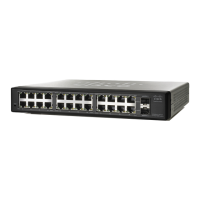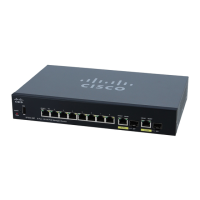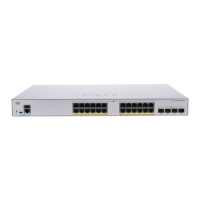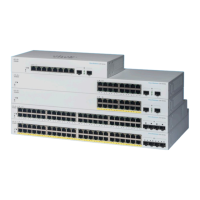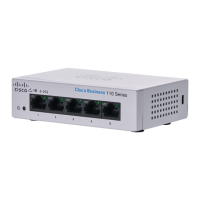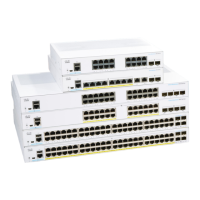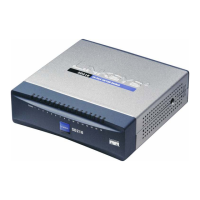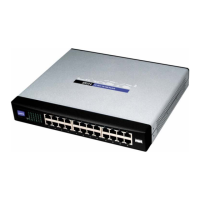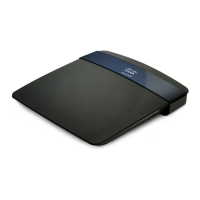Security
Management Access Method
Cisco Small Business 200 Series Smart Switch Administration Guide 252
19
- SNMP—Users requesting access to the device that meets the SNMP access profile criteria are
permitted or denied.
• Action—Select the action attached to the rule. The options are:
- Permit—Permits access to the device if the user matches the settings in the profile.
- Deny—Denies access to the device if the user matches the settings in the profile.
• Applies to Interface—Select the interface attached to the rule. The options are:
- All—Applies to all ports, VLANs, and LAGs.
- User Defined—Applies to selected interface.
• Interface—Enter the interface number if User Defined was selected.
• Applies to Source IP Address—Select the type of source IP address to which the access profile
applies. The Source IP Address field is valid for a subnetwork. Select one of the following values:
- All—Applies to all types of IP addresses.
- User Defined—Applies to only those types of IP addresses defined in the fields.
• IP Version—Enter the version of the source IP address: Version 6 or Version 4.
• IP Address—Enter the source IP address.
• Mask—Select the format for the subnet mask for the source IP address, and enter a value in one of the
fields:
-
Network Mask
—Select the subnet to which the source IP address belongs and enter the subnet
mask in dotted decimal format.
-
Prefix Length
—Select the Prefix Length and enter the number of bits that comprise the source IP
address prefix.
STEP 7 Click Apply. The access profile is written to the Running Configuration file. You can
now select this access profile as the active access profile.
Defining Profile Rules
Access profiles can contain up to 128 rules to determine who is permitted to manage and access the
device, and the access methods that may be used.
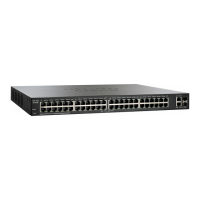
